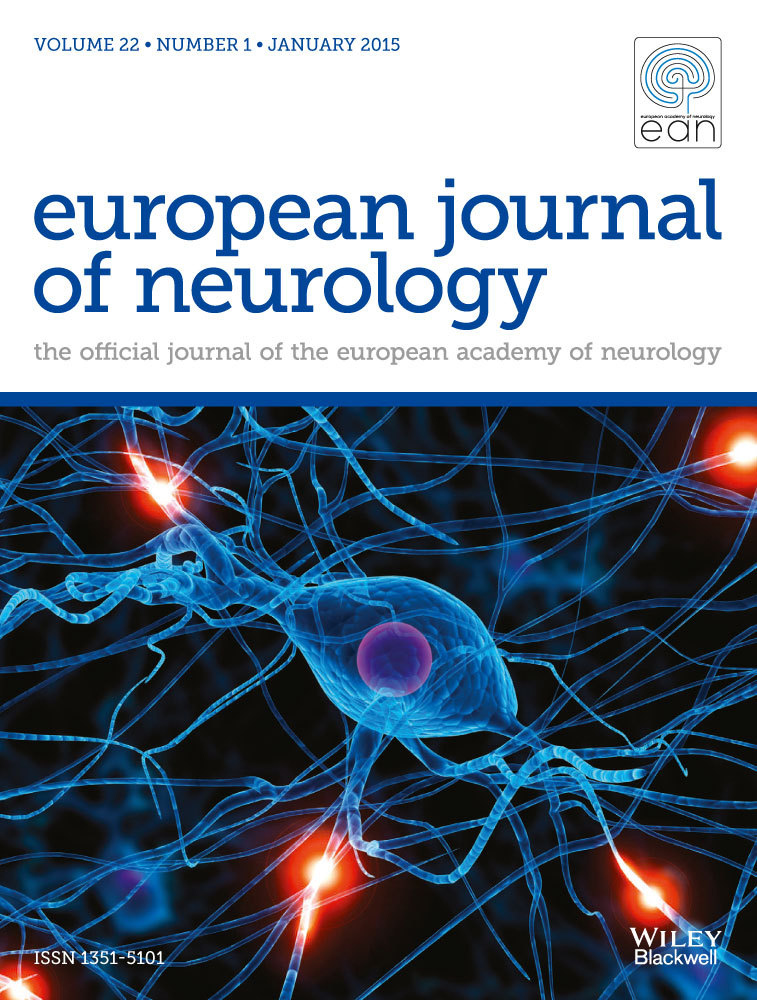Prevalence of renal dysfunction in ischaemic stroke and transient ischaemic attack patients with or without atrial fibrillation
Abstract
Background and purpose
Chronic kidney disease (CKD) is associated with a higher risk of stroke and atrial fibrillation (AF). There are limited data on the comorbidity of renal dysfunction and AF in stroke patients. Our aim was to determine the frequency of kidney dysfunction in ischaemic stroke patients with and without AF.
Methods
In a prospectively collected, single center cohort of acute ischaemic stroke and transient ischaemic attack (TIA) patients, glomerular filtration rate (eGFR) was estimated using the Modification of Diet in Renal Disease equation on admission. Renal function was graded into five categories (cat.): cat. 1, eGRF ≥90 ml/min/1.73 m2; cat. 2, 60–89; cat. 3, 30–59; cat. 4, 15–29; cat. 5, <15. The diagnosis of AF was based on medical history, a 12-lead electrocardiogram (ECG) and 24-h Holter or continuous ECG monitoring.
Results
In total, 2274 patients (1727 stroke, 547 TIA; median age 71.0) were included. Median eGFR was 78.6 ml/min/1.73 m2 (interquartile range 61/95); 21.1% were in cat. 3, 2.1% in cat. 4, 0.7% in cat. 5. In all, 535 patients (23.5%) suffered from AF; 28.0% of these were in cat. 3, 2.6% and 0.8% in cat. 4 and cat. 5, respectively. In multivariable analysis, age [odds ratio (OR) 1.1], diabetes (OR 1.8), heart failure (OR 1.7) and AF (OR 1.4) were independently associated with kidney dysfunction (eGFR < 60).
Conclusions
Renal dysfunction is far more common in stroke patients than in the general population and more common in AF-related stroke. These findings may have implications for the choice of anticoagulants.




